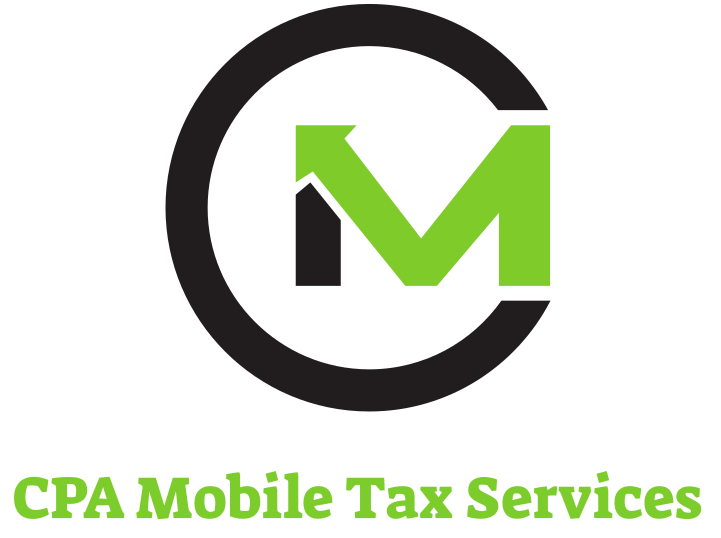TCJA, or the “Tax Cut and Jobs Act,” enacted by Congress on December 22, 2017, made material changes to the Internal Revenue Code of 1986. Major elements of the changes include reducing tax rates for corporations and high income individuals, increasing the standard deduction and family tax credits, eliminating personal exemptions and making it less beneficial to itemize deductions, limiting deductions for state and local income taxes and property taxes, further limiting the mortgage interest deduction, reducing the alternative minimum tax for individuals and eliminating it for corporations, doubling the estate tax exemption.
If no congressional action is taken, Many TCJA provisions will expire beginning with tax year 2026. So why should we worry about this now? The adage, an ounce of prevention is worth a pound of cure comes to mind. Yes, there is a chance that, after the elections, the prevailing regime will continue some or all the act’s provisions. However, thinking about planning opportunities for the worst (or best, as the case may be) case scenario is a smart thing to do. Let’s take a look at some of the details.
Individual tax rates –
The TCJA lowered tax rates to 10%, 12%, 22%, 24%, 32%, 35%, and 37%. The top rate decreased to 37% from 39.6%. These tax rates are set to sunset Dec. 31, 2025. The top tax rate beginning Jan. 1, 2026, reverts to 39.6%.
What to think about – If taxpayers anticipate that their tax rate will be higher in future years when the TCJA provisions expire, they should consider in what ways they might accelerate income claimed in 2025 to take advantage of lower tax rates. Roth conversions offer one alternative; i.e. – gradually converting a portion of traditional retirement savings into Roth accounts over time.
Standard deduction vs. Itemized deductions –
The standard deduction was nearly doubled for all filing statuses ($12,000 for single filers and $24,000 for married filing jointly) by the TCJA. As a result, many taxpayers have not itemized deductions. Starting in 2026, the standard deduction will be about half of what it is currently, adjusted for inflation. Now may be the time to review potential itemized deductions such as gifts to charity, second-home mortgage interest (the mortgage interest deduction will revert to pre-TCJA levels, allowing interest to be deducted on the first $1 million in home mortgage debt and $100,000 in a home equity loan), miscellaneous deductions (The TCJA temporarily eliminated most miscellaneous itemized deductions, such as investment/ advisory fees, legal fees, and unreimbursed employee expenses. These deductions will once again be allowed, starting Jan. 1, 2026, under the previous rules, to the extent they exceed 2% of the taxpayer’s adjusted gross income). The cap on deductible state taxes also expires effective 1/1/26.
Deduction timing –
If taxpayers anticipate that their tax rate will be higher in future years when the TCJA provisions expire, where incurring a deductible expenditure can be deferred, they should consider delaying paying or incurring it until the higher rates come into play, because these deductions would be more valuable against higher income tax rates. This strategy applies to various deductions such as business expenses, charitable donations, and SALT payments for 2025.
Other tax provisions that will be affected include corporate tax rates, Qualified business income deductions, bonus depreciation, child tax credits, personal exemptions. In future blog entries, we will discuss these in more detail.
See below for a link to additional AICPA insight on planning for the expiration of the TCJA.
https://www.thetaxadviser.com/issues/2023/dec/tax-planning-for-the-tcjas-sunset.html




